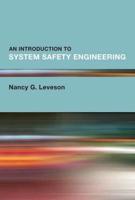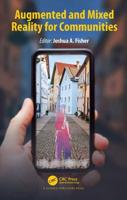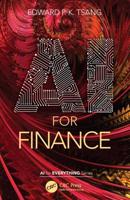Publisher's Synopsis
THIS IS A PRELIMINARY VERSION AND NEEDS MORE POLISHING - but to my knowledge it is still a very good documentation, as there is not much available in English now. The more polished version will need a couple of months - and the PRELIMINARY VERSION will then disappear. But I use it now as is and expand it. If there is an interest, the same can be published as print book.Actually for me the print version is the more important.From the Introduction: IchigoJam - a learning programming for children and other interested parties; a project in Japan mainly. The language used is BASIC. Is this a good starting point? Well, I wonder, how many of the millions of programmers nowadays have started with BASIC. And BASIC was good enough for them then.This project is aimed at the younger generation, and to get started. If they get into programming at let's say 10, it will take another 10 or more years if they do it as a profession - so the main aim is to attract the young generation into it, get some experiencein how to write some little or more complex applications or examples. And nobody knows know, which language is the most important then.Rather than a PC, it is completely independent of any other hardware. It has as display - a low cost small monitor, as used in cars for rear view cameras.The central chip is an NXP1114 ARM processor. At the time of design, there was no low-cost chip with on-board USB available. So, a PS/2 keyboard was used - but here with a little interface that changes PS/2 to a USB connector.Add a 5V power supply - for example as used for the Raspberry PI - and a 12V power supply for the little monitor, and programming can start. Or use a couple of batteries or rechargeable NMH cells and be independent.And where is the Internet connection? There is none - and this actually adds to the system: children can be left on there own with no danger to go where they should not.I had the opportunity to get one of these boards, so a new project started. Let's see what can be done to support this.There is a very active facebook group in Japanese and one in English - but translation works quite well - so no real issue.But this was the issue for me, most of the data is in Japanese, and there are not enough code examples for me.I contacted the relevant people in Japan and asked for permission to use some of the material for this book. As I walk through the different instructions, I can as well document what I do - and add it to the ma-terial here. Aimed for others to try out and get comfortable.This little board is very attractive for me, as I like minimal hardware solutions: The chip in the middle, Female headers as a way to connect to all of the pinsThe video output, the connector for power, the USB connector for the keyboard, A 5 pin expansion connector.Raspberry PI is another option to run this IchigoJam BASIC software - just download, install the IchigoJam software and you have your new system. Most of the BASICinstructions work on the RPI version.IchigoJam PC-based is another option to get started. Completely web-based, but then unfortunately no IO pins for additional hardware.I hope this book IchigoJam - My Reference helps to spread the mes-sage and can be used as a printed documentation as a next step - easily available everywhere via amazon. At the end of the book you find a list of links that I found. There might be better ones to be added. And they can be added to a later version. Enjoy reading and/or using and send feedb










